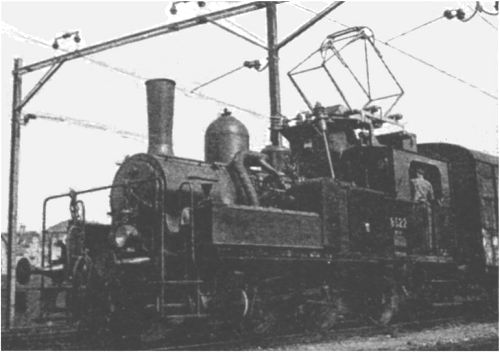biggus
Member
- Joined
- 26 Sep 2012
- Messages
- 55
So I keep reading that NR is serious about converting the Southern region's third rail to AC OLE.
The expense would be staggering, and with a network that is suboptimal in so many other ways (missing links, lack of passing places, flat junctions etc), it seems like a strange thing to be prioritising.
Nonetheless, NR points out that third rail does not provide sufficient power for the tains to accelerate or run as fast as they could, so third rail acts as a capacity and performance constraint. Furthermore some shockingly high percentage of electricity input is lost as heat. (I believe these resistive losses increase on a curve as loads increase.)
Is coping with spikes in demand the problem? To be clear, my objective is not to reduce overall power consumption, just peak load. So part of the question is, would reducing peak load per train make sufficient difference to peak load on the distribution system (which serves multiple trains) to avoid the need for conversion to an AC power supply?
If so, would it not be easier, cheaper, and better to equip the trains with some form of online energy storage, either in the form of diesel generators or even batteries that could provide the trains with a power boost for the relatively short periods when they accelerate hard or run at high speed? When coasting or idling, they would recharge, much as hybrid cars are supposed to do.
If using just batteries (no diesel generators) total electricity usage would increase to cope with the extra weight and the losses within the batteries.
The case for running the trains with diesel generators becomes easier conceptually if you consider it a case of a diesel train that gets a bit of a boost from third rail power.. The engines etc would make the trains heavier than electrics but surely the economics and the energy use would work out better than pure diesel. Diesel hybrid trains could be introduced progressively, without disruption, as need dictates.
I can see that hybrid trains with regenerative braking could potentially cause safety problems if they energise the third rail when it is supposed to be switched off for engineering works. Regenerative brakes on conventional electrics could potentially cause the same problem, in the less likely event that they coast onto a section where the power is off, so perhaps a safe solution has been developed for regenerative braking that would also enable hybrid trains to run?
The other nice thing about hybrids is that they would be able to limp home without third rail power, and enter and leave non-electrified sidings etc.
This link below addresses some of the issues, but considers energy saving rather than load smoothing.
http://www.railforums.co.uk/showthread.php?t=34994
The expense would be staggering, and with a network that is suboptimal in so many other ways (missing links, lack of passing places, flat junctions etc), it seems like a strange thing to be prioritising.
Nonetheless, NR points out that third rail does not provide sufficient power for the tains to accelerate or run as fast as they could, so third rail acts as a capacity and performance constraint. Furthermore some shockingly high percentage of electricity input is lost as heat. (I believe these resistive losses increase on a curve as loads increase.)
Is coping with spikes in demand the problem? To be clear, my objective is not to reduce overall power consumption, just peak load. So part of the question is, would reducing peak load per train make sufficient difference to peak load on the distribution system (which serves multiple trains) to avoid the need for conversion to an AC power supply?
If so, would it not be easier, cheaper, and better to equip the trains with some form of online energy storage, either in the form of diesel generators or even batteries that could provide the trains with a power boost for the relatively short periods when they accelerate hard or run at high speed? When coasting or idling, they would recharge, much as hybrid cars are supposed to do.
If using just batteries (no diesel generators) total electricity usage would increase to cope with the extra weight and the losses within the batteries.
The case for running the trains with diesel generators becomes easier conceptually if you consider it a case of a diesel train that gets a bit of a boost from third rail power.. The engines etc would make the trains heavier than electrics but surely the economics and the energy use would work out better than pure diesel. Diesel hybrid trains could be introduced progressively, without disruption, as need dictates.
I can see that hybrid trains with regenerative braking could potentially cause safety problems if they energise the third rail when it is supposed to be switched off for engineering works. Regenerative brakes on conventional electrics could potentially cause the same problem, in the less likely event that they coast onto a section where the power is off, so perhaps a safe solution has been developed for regenerative braking that would also enable hybrid trains to run?
The other nice thing about hybrids is that they would be able to limp home without third rail power, and enter and leave non-electrified sidings etc.
This link below addresses some of the issues, but considers energy saving rather than load smoothing.
http://www.railforums.co.uk/showthread.php?t=34994

